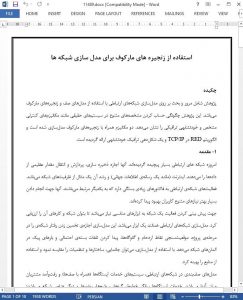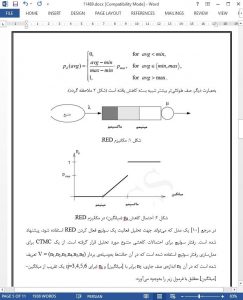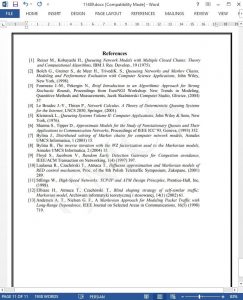Abstract
The paper contains the review and the discussion on modelling communication networks with the use of queuing models and Markov chains. It shows how to take into account various characteristics of real systems – like some control mechanisms and the traffic self-similarity. There are presented two mechanisms modelled with Markov chains: the RED algorithm in TCP/IP and a self-similar traffic shaping.
1. Introduction
Communication networks are getting more and more complicated nowadays. They allow storing, processing and transferring an enormous amount of data. Internet (as a global information medium) and its growth is an example of the network capabilities. Communication network activities depend on many factors, related to each other. They are being improved to fulfil more and more elevated and various users’ needs.
To anticipate a network activity, one needs suitable tools that can evaluate the network and its work. Communication networks’ modelling is such a tool. It allows estimating behaviour of the network at the project stage, localizing congestion points and bottlenecks, finding packet loss probabilities and peak loads of network elements. With modelling, one can compare topologies, architectures and configurations and optimise the use of the resources.











